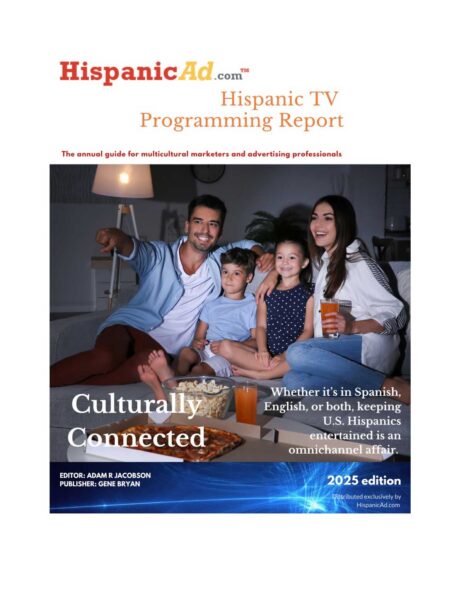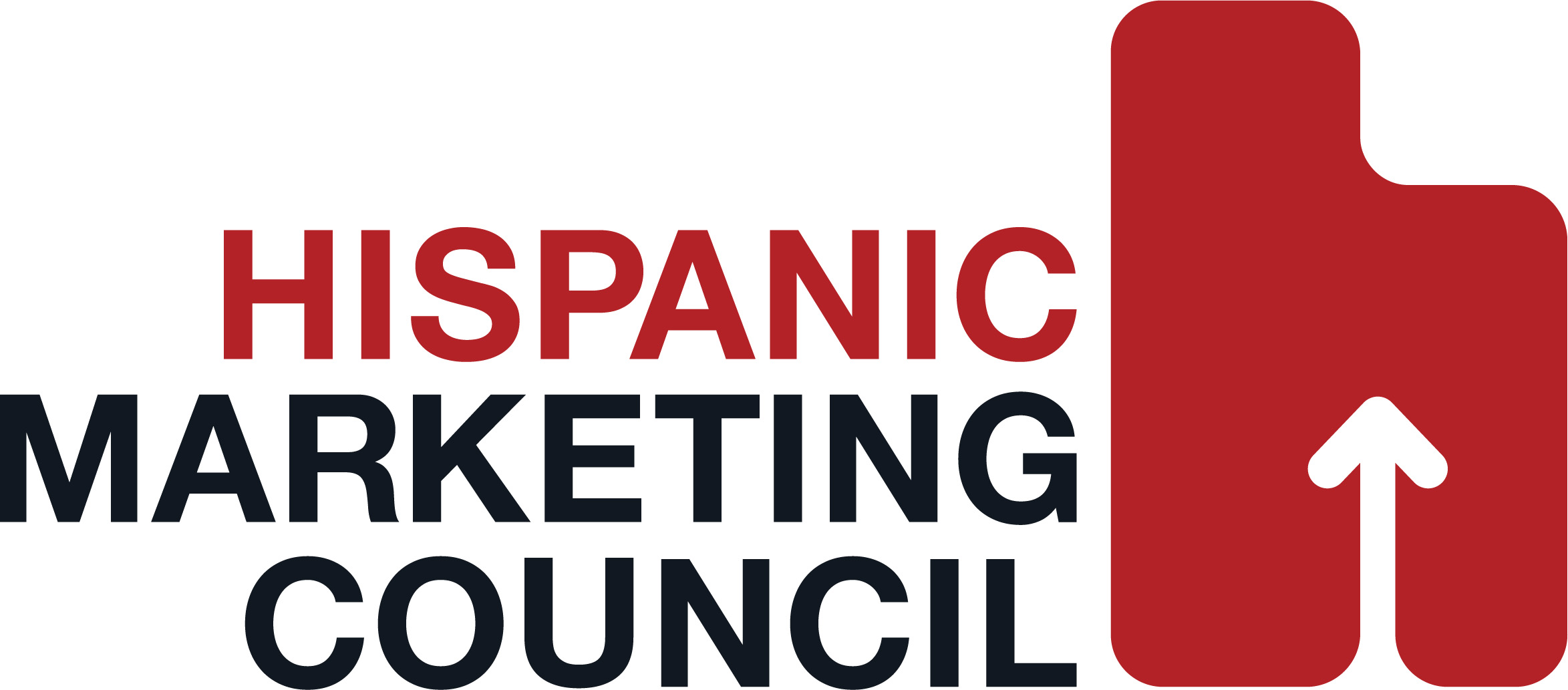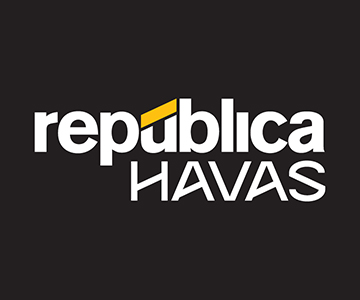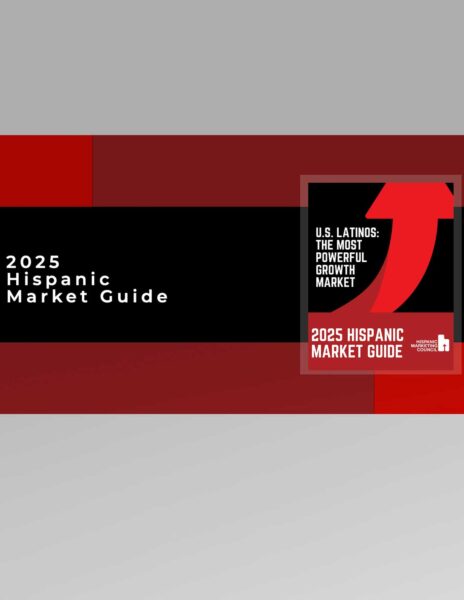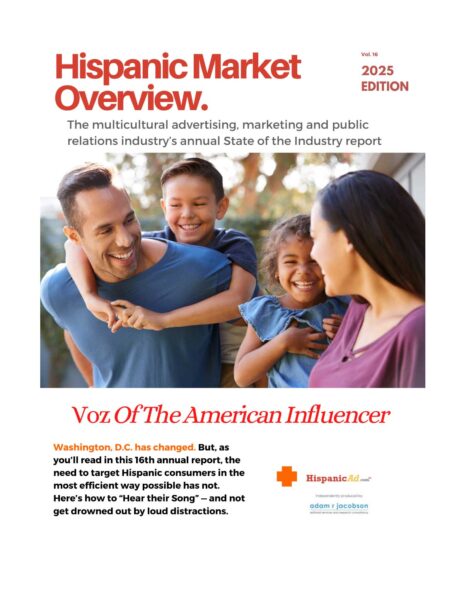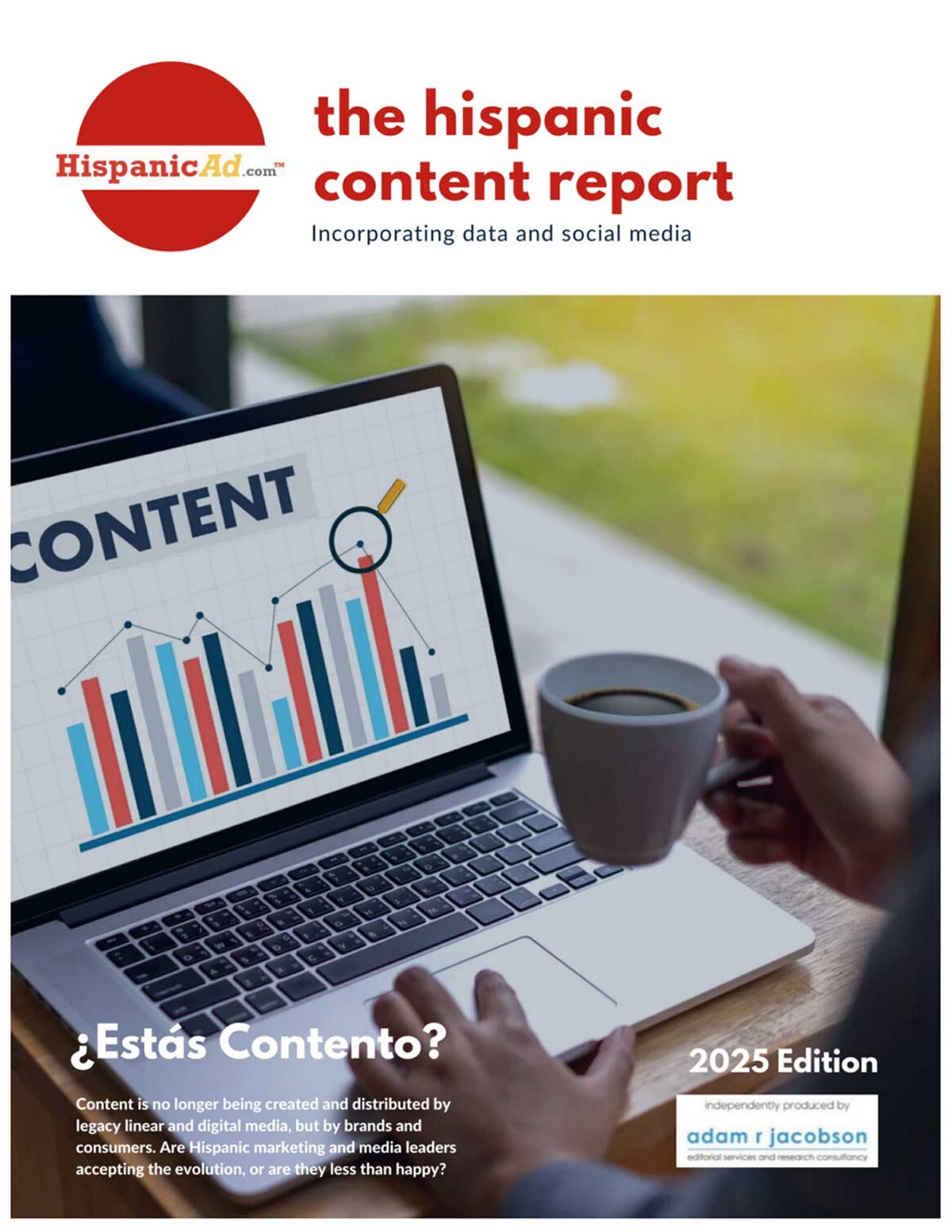U.S. Views of Technology and the Future – – Science in the next 50 years [INSIGHT & REPORT]
![]() The American public anticipates that the coming half-century will be a period of profound scientific change, as inventions that were once confined to the realm of science fiction come into common usage.
The American public anticipates that the coming half-century will be a period of profound scientific change, as inventions that were once confined to the realm of science fiction come into common usage.


 Chris Brandt, CMO at Taco Bell, is calling the quick-service restaurant’s (QSR’s) new breakfast items “innovation with a twist on the familiar.” That’s his plan in marketing too, by using Instagram and soon rolling out a mobile ordering app.
Chris Brandt, CMO at Taco Bell, is calling the quick-service restaurant’s (QSR’s) new breakfast items “innovation with a twist on the familiar.” That’s his plan in marketing too, by using Instagram and soon rolling out a mobile ordering app. ZGS Communications announced that Alejandro “Alex” Sánchez Sobrino has been named Vice President and General Manager of WTMO Telemundo Orlando effective immediately. He will report to Ronald J. Gordon, CEO of ZGS.
ZGS Communications announced that Alejandro “Alex” Sánchez Sobrino has been named Vice President and General Manager of WTMO Telemundo Orlando effective immediately. He will report to Ronald J. Gordon, CEO of ZGS.  The subprime crisis of 2008 surprised a lot of people. But looking back, we are almost as mad at ourselves for not seeing it coming as we were at those who created the crisis. Media, specifically advertising, is about to go through a very similar period, and we are going to be just as angry looking back. In addition, unlike (perhaps) Wall Street, we are not too big to fail.
The subprime crisis of 2008 surprised a lot of people. But looking back, we are almost as mad at ourselves for not seeing it coming as we were at those who created the crisis. Media, specifically advertising, is about to go through a very similar period, and we are going to be just as angry looking back. In addition, unlike (perhaps) Wall Street, we are not too big to fail. If you like Salsa, the Fania All Stars and dancing, the name Cheo Feliciano is synonyms with Greatness. Cheo Felicano passed away after be involved in an accident in Puerto Rico.
If you like Salsa, the Fania All Stars and dancing, the name Cheo Feliciano is synonyms with Greatness. Cheo Felicano passed away after be involved in an accident in Puerto Rico. The IAB and the MRC are both leading the charge for viewability in display advertising, but the only way this initiative will take hold and work is if media-buying agencies get on board.
The IAB and the MRC are both leading the charge for viewability in display advertising, but the only way this initiative will take hold and work is if media-buying agencies get on board. Flama is Univion’s first fully dedicated over-the-top network providing premium English-language video programming for 15 – 30 year olds who are inspired and entertained by the Latin culture that is influencing today’s younger generation.
Flama is Univion’s first fully dedicated over-the-top network providing premium English-language video programming for 15 – 30 year olds who are inspired and entertained by the Latin culture that is influencing today’s younger generation. A consortium of six companies announced today a cross-industry study to drive thought leadership in marketing to Hispanics. The consortium members include IRI, Latinum Network, Univision, Telemundo Media, UM, and Rentrak. The consortium will enable marketers to maximize the multi-platform impact of advertising to Hispanics by developing best practices around strategy and performance measurement. The consortium’s mandate is to help marketers, advertisers and retailers develop effective marketing strategies to best serve Hispanic consumers.
A consortium of six companies announced today a cross-industry study to drive thought leadership in marketing to Hispanics. The consortium members include IRI, Latinum Network, Univision, Telemundo Media, UM, and Rentrak. The consortium will enable marketers to maximize the multi-platform impact of advertising to Hispanics by developing best practices around strategy and performance measurement. The consortium’s mandate is to help marketers, advertisers and retailers develop effective marketing strategies to best serve Hispanic consumers. Every time I look around, we’re growing. Latinos, that is, along with entities to which Latinos belong. Two recent examples struck me as indicative. By Carlos E. Cortés / Univision Consumer Insights
Every time I look around, we’re growing. Latinos, that is, along with entities to which Latinos belong. Two recent examples struck me as indicative. By Carlos E. Cortés / Univision Consumer Insights GO Veggie!, formerly Galaxy Nutritional Foods, has named Whitney Velasco-Aznar to its newly created role of Vice President of Marketing.
GO Veggie!, formerly Galaxy Nutritional Foods, has named Whitney Velasco-Aznar to its newly created role of Vice President of Marketing. The 2008 economic crash had a profound impact on the hopes and dreams of young adults coming of age in recent years. They grew up in boom times, forever optimistic about their futures–but today’s economy presents challenges they never expected. In this “next normal,” how have their career aspirations and experiences changed? And when there’s time for play, what do they do to unwind?
The 2008 economic crash had a profound impact on the hopes and dreams of young adults coming of age in recent years. They grew up in boom times, forever optimistic about their futures–but today’s economy presents challenges they never expected. In this “next normal,” how have their career aspirations and experiences changed? And when there’s time for play, what do they do to unwind? The National Grocers Association (NGA) and the Center for Multicultural Science (CMS) recently conducted the first study to estimate how much the Hispanic shopper spends in the independent retail grocery channel. The study found that Hispanics spend an estimated $22.8 billion in retail grocery stores (or 17% of the total estimated annual sales of the independent retail grocery channel).
The National Grocers Association (NGA) and the Center for Multicultural Science (CMS) recently conducted the first study to estimate how much the Hispanic shopper spends in the independent retail grocery channel. The study found that Hispanics spend an estimated $22.8 billion in retail grocery stores (or 17% of the total estimated annual sales of the independent retail grocery channel).








